| 1 – $52,000 MS Atlees Goldwyn Ariel-ET EX-92, Goldwyn x Atlee |
| 10 – $16,500 BVK Atwood Ana-ET (full sister to dam of Lot 9) born March ’11, Hardys Holsteins, buyer |
| 100 – $15,000 1st choice Supersire x Fortale Marsie Observer, GLPI+2971 |
| 103 – $2000 – Butlerview Bookem Shake-ET, a 5/12 Bookem full sister to Shade |
| 103A – $4500 – Butlerview Bookem Shade-ET, a 5/12 Bookem from Vision-Gen Sho A12024-ET x KY-Blue GW Dana-ET (VG-87 +2038 GTPI) |
| 104 – $5500 – 1st choice Let it Snow from July IVF flush from Vision-Gen Sho A12024-ET (GTPI +2224) |
| 105 – $5600 – 1st choice Supersire from June flush from Ms Alex Christmas Day-ET x Regancrest S Chassity-ET (EX-92 DOM) +2193 GTPI x 7 more VG & EX dams |
| 106 – $12,500 for choice from Courtlane-UR Chassity (EX-90 DOM) x Regancrest S Chassity (EX-92 DOM) |
| 107 – $20,000 – Ms Aubreys Gold Chip Ace-ET, a 12/11 Gold Chip at +3.29T out of Ms Atlees Shottle Aubry-ET VG-88 |
| 108 – $25,000 – 1st choice Gold Chip due in March, 2013 out of Ms Atlees Shottle Aubry-ET VG-88 then EX-92 Durham Atlee |
| 110- $8,400 – Toddsdale Braxton Rita-ET, a September calf from Long-Haven Gold Rochelle-ET EX-92 |
| 112- $5,000 Silvermaple Windbrook Candy, Dec ’11 Windbrook maternal sister to Camomile |
| 113- $5,700 – Delcreek Femme Fatal Dec ’11 Goldwyn x Delcreek K Royal Ruby, maternal sister to the All-American and All-Canadian Delcreek Fatal Attraction |
| 114- $10,000 – Rotaly Sid Layton Dec ’11 Sid x Rotaly Goldwyns Lizia x Blondin Talent Lasie from the Supra’s! |
| 115 – $4200 – 1st choice Let it Snow from July flush of Rocking-P Bowser Luna-ET +2204 GTPI |
| 115A – $225/embyro – 4 #1 Let it Snow embryos from Luna – IVF females |
| 115B – $200/embryo – 4 #1 Let it Snow embryos from Luna |
| 116 – $10,000 – Claquato-RHH At Rocky Ridge – due 8/12 to Advent – Atwood daughter of High-Mountain Ridge-ET (VG-88) x Ms Astrahoe Reno Storm Riva (VG-86) x Pinehurst Royal Rosa family |
| 119- $14,500 – Budjon-JK Atwood Elmond-ET November ’12 Atwood x Budjon-JK Durham Embrace-ET EX-95 |
| 12 – $8,500 – Sildajak Tristan Sassy 3-Red – R&W Senior 2-year-old |
| 120- $8,000 – Budjon-JK BX Emma Lynn-ETS Dec ’11 Braxton x Budjon-JK Emilys Edair-ET EX-94 |
| 121- $4,000 MS Reese Raizel, 3/10/12 Atwood x Beldavid Goldwyn Reese VG-87 2y |
| 121A- $6,300 – MS Reese Ribbon-ET (Atwood x Reese born 3/14/12) |
| 124 – $20,200 – Robin-Hood Clumbo-ET (EX-91), 3rd 5-year-old Western Spring National 2012 – Durham x Carnation Mica Connie-ET (EX-90) x Carnation Cleitus Caroline-ET (EX-91 2E GMD-DOM) x 8 more VG and EX dams |
| 125- $6,800 Butz-Butler Mac Bam Bam, Mac x Brasilia |
| 126- $9,200 MS Gold Chip Barbra-ET |
| 126A- $14,500 |
| 127 – $5800 – Ms Chassity Osmond Casi-ET, a 1/12 Osmond from Regancrest S Chassity (EX-92 DOM) |
| 128 – $8000 – Ms Chassitys Arm Comical-ET, a 3/12 Armitage from Regancrest S Chassity – same family as Gold Chip and Colt 45 – GTPI +2169 |
| 129- $3,800 MS Farnear Broc Bronze-ET, an October 2011 Jeeves Jives x Brocade |
| 13- $200,000 Mapel Wood Sudan Licorice GLPI +3992 GTPI +2543 #2 DGV female in the world at +4454 Sudan x Mapel Wood Man O Lucy x Comestar Goldwyn Lilac |
| 130- $2,800 Farnear Brocades Butter ET, Robust x Brocade x Barbie |
| 131 – $7200 – Ms Chassity Super Charo-ET, a 12/10 Super from Regancrest S Chassity (EX-92 DOM) |
| 132 – $3800 – Ms Chassity Sup Charlize-ET, a 12/10 Super from Regancrest S Chassity (EX-92 DOM) |
| 133- $3,900 Farnear Brocade Britestar-ET GTPI +2097, a May 2011 AltaJupiter x Regancrest G Brocade-ET EX-92 |
| 139- $15,000 1st choice McCutchen Female x Regancrest DGR Byrsha-ET GTPI +2325 |
| 14- $70,000 1st Choice Galaxy x MS Chassity Goldwyn Cash x Chassity |
| 146- $11,000 A&M Bushman Dest Merritt-ET *RC, Destry mat. sister to Sunburst |
| 147- $85,000 Earlen Goldwyn Secret VG-87 2y CAN, Grand Champion 2012 Ontario Summer Show |
| 15- $175,000 Misty Springs Epic Savannah, GLPI +3962, DGV +4481 #1 in the world. March ’12 Epic x Man O Man x Shottle Satin |
| 16 – $53,000 – Ralma Manoman Bluejay-ET +2272 GTPI – a 3/10 Man-O-Man from Ralma Shottle Chickadee-ET (VG-88 DOM) – full sister to Ralma Shottle |
| 17- $165,000 Benner Lavaman Boo Boo #5 GPA LPI heifer in Canada from Gypsy Grand Family |
| 1A- $42,000 MS Annas Epic Andreya-ET GTPI +2422, April ’12 Epic x MS Ariel Freddie Anna-ET x MS Atlees Goldwyn Ariel EX-92 |
| 2- $290,000 Silvermaple Damion Camomile VG-89 3y, Res. Grand Champion WDE 2011 |
| 20- $38,000 1st choice Mogul x Seagull-Bay Shauna Saturn x Ammon – Peachey Shauna |
| 21 – $129,000 – Hammer-Creek Sha Kassidy-ET, a 2/12 Shamrock at +2589 GTPI – the highest GTPI heifer in the sale! |
| 22 – $50,000 – Regancrest Shamrock Lava-TW, a 12/11 Shamrock with +2549 GTPI from Regancrest Jose Lakisha-ET (VG-87) x Miss Outside Lookin In-ET (VG-88) x 4 more VG & EX dams |
| 23 – $135,000 – Ms Regelcreek Cmrn Ardis-ET, a 4/12 Cameron +2572 GTPI out of a Planet from the Adeen family. The #1 Cameron in the breed! |
| 25- $10,200 – Crossbrook Minister Charity Jr. Champion NY Spring Show, Jr. Champion Mid-East Spring National 2012 Nominated All-American Spring Calf 2011 |
| 26 – $17,500 – Claquato-RH Escape-ET (VG-89) – Nom. All-American & All-Canadian 2011 – 9/09 Dundee from Skagvale Miracle Ellee (EX-91) – potential 10th gen. EX |
| 27 – $13,500 – Budjon-Vail Damaris-Red-ET, a 9/2011 red fall calf by Camden-Red out of Budjon Redmarker Desire EX-96 3E |
| 28 – $8,200 – Ms Winterfield SC Trend-Red, a 9/2011 Contender out of 11 EX dams |
| 29- $18,500 Milksource Fever Golden, 1st summer yearling at IL Championship Show 2012 |
| 2B- $10,000 2nd choice Windhammer due 11/26/12 x Camomile |
| 3- $490,000 Cookview Goldwyn Monique VG-89, Butler and Price buyers, Gene Iager, contender |
| 30- $10,200 Ehrhardt Gold Chip Lilac-ET, a March ’12 Gold Chip x Idee Lustre EX-95 |
| 31- $11,500 Duckett-SA Braxton Fran-ET 9/4/11 x Harvue Roy Frosty EX-97 |
| 32 – $20,000 – 1st choice Mascalese or Windbrook out of Eastside Lewisdale Gold Missy EX-95-CAN, Supreme Champion at Expo and the Royal in 2011 |
| 33 – $32,000 – 1st choice Mascalese due in March, 2013 out of Morsan Miss Snow Flake +2172 GTPI, the Snowman daughter of Gold Missy |
| 34 – $23,000 – Butz-Hill Misy GC Madlyn-ET, +2332 GTPI Gold Chip our of a Man-O-Man granddaughter of Eastside Lewisdale Gold Missy EX-95 |
| 35- $19,000 1st Choice Headlienr x Regancrest S Chassity |
| 38- $38,000 1st choice McCutchen x MS Chassity Snowman Clea x Chassity |
| 39A- $122,000 Feb ’12 O-Man Just x Blue-Horizon Planet Edith |
| 39B- $117,000 April ’12 AltaKool x Planet Edith |
| 4 – $154,000 – RockyMountain Gold Winter VG-89-CAN – *RC Goldwyn that will show as a 4-year-old this fall. Nominated All-Canadian and All-American Senior 3-year-old in 2011 |
| 40- $60,000 1st choice Uno x Blue-Horizon Planet Edith |
| 41 – $90,000 – choice of 12/11 Shamrocks from Coyne-Farms Fredi Jeven-ET +2286 GTPI x Coyne-Farms Ramos Jelly (VG-85 DOM +2109 GTPI) x 4 more VG & EX dams |
| 42 – $45,000 – 2nd choice Numero Uno out of Sandy-Valley Robust Ruby-ET GTPI +2495 |
| 43- $139,000 Aurora-Rama Yano Harmony-ET +2570 GTPI |
| 44- $40,000 Aurora-Rama GChip Havily-ET |
| 45- $125,000 Curr-Vale Delish-Red-ET GTPI +2325 |
| 46 -$30,000 – SRP Magnus Z013699, a 3/12 Magnus with +2501 GTPI out of Dorcy dam then the Zip family |
| 47- $120,000 MS Rollen-NC Cam Lexie P-ET *PO *RC #1 GTPI PO heifer in the US |
| 47A- $95,000 MS Rollen-NC Camr Lucy-P-ET *PO*RC #1 PTAT polled animal in the world |
| 49 – $35,000 – 1st choice Mogul due in January, 2013 out of Comestar Lautamire Planet VG-85-CAN, the #1 GLPI cow in Canada at +3584. |
| 5- $187,000 Butz-Butler Gold Barbara-ET VG-87 bred to Atwood, Goldwyn x Brasilia EX-92 x Barbie, Budjon Farms and Peter Vail, buyers |
| 50 – $30,000 – 1st choice Mogul due in October out of Comestar Lautamai Man O Man +2964 GLPI |
| 51- $40,000 – 1st choice Headliner from Feb ’13 calves x Vison-Gen SH Frd A12304-ET x Applouis Jet Stream Alda VG-85 |
| 52- $32,000 – 1st choice Mogul x Miller-FF Bookem Esther-ET GTPI +2463 x Nova Shottle Evelyn-ET VG-86 |
| 53 – $17,000 – 1st choice Gold Chip x Dubeau Dundee Hezbollah EX-92 from six transfers due March 6, 2013 |
| 54- $9,800 – 3rd choice Atwood x Dubeau Dundee Hezbollah EX-92, six females due September |
| 55 – $18,000 – Ms Emilyann Alex Emery-ET (VG-85) – Alexander x Wabash-Way Emilyann-ET (VG-88 DOM) x Crockett-Acres Elita-ET (VG-87 DOM) x 9 more VG & EX dams |
| 56 – $4,000 – Quality-Ridge Advn Abby-Red, Res. Grand Champion MN State Show 2012 – Advent x Quality-Ridge Talent Anita (VG-87) |
| 57 – $24,000 – Ms Talent Applicious-Red, an EX-91 Talent daughter of All-American Apple |
| 57A – $8,500 – 1st choice of Redburst or Atwood out of Ms Talent Applicious-Red EX-91 |
| 58 – $26,500 – BBM Gold Chip Apple-ET, a *RC +2151 GTPI Gold Chip daughter of Ms Candy Apple-Red-ET VG-87, then EX-95 Apple |
| 59- $9,500 – 1st choice Supersire x MS Goldwyn Adorable-ET RC VG-87 x MS Talent Applicious-Red-ET GP-84 CAN |
| 6- $48,000 Regancrest Brasilia-ET EX-92, Shottle x Barbie |
| 60 – $7800 – Robin-Hood LKI Carrissa – 3/10 Atwood x Robinhood Connie-ET (EX-90) x Carnation Leduc Connie (EX-91 2E) |
| 61- $55,000 Mapel Wood Epic Giggle-Red +2530 GLPI Epic Man-O-Man that carries the variant red gene |
| 63 – $27,000 – Dymentholm Sunview Satin-ET, a 4/12 *RC Epic daughter +2352 GTPI out of VG-87 Des-Y-Gen Planet Silk +2220 GTPI |
| 64 – $23,000 – 1st choice MAS out of Dymentholm Sunview Santana, a +2961 GLPI Snowman daughter of Planet Silk |
| 65 – $56,000 – Stantons Shamrock City Girl, a 4/12 Shamrock with +2487 GTPI +3185 GLPI from Stantons Freddie Cameo x Stantons Lucky Cameo (VG-89) |
| 66 – $41,000 – Jolicap Emlilas Shamrock, a 3/12 Shamrock +2986 GLPI from Tramilda-N Baxter Emily-ET (VG-85) x Whittier-Farms Lead Mae family |
| 67 – $31,000 – Ransom-Rail Facebk Paris-Et +2380 GTPI – a 1/12 Facebook from Welcome Mac Peytan-ET (VG-87) +2134 GTPI |
| 68 – $60,000 – Siemers Snman Centuria-ET, a 6/11 Snowman +2341 GTPI out of Ralma Planet Century-ET (VG-86) +2323 GTPI from Ralma Juror Faith family |
| 69 – $16,000 – Comestar Model Lizbosy Lobster, a 1/12 Lobster +2334 GTPI +74P out of Comestar Model Lizboli Sydney VG-85-CAN |
| 7- $59,000 1st choice Numero Uno x RockyMountain Talent Licorice EX-95 |
| 70 – $24,500 – Vieuxsaule Supersonic Sugi +2344 GTPI, a 3/12 Supersonic from Vieuxsaule Bolton Halia (VG-87), then Vieuxsaule Allen Dragonfly (EX-94 2E) |
| 71 – $4,100 – Farnear-BH A Barbora-ET, a 4/12 Alchemy +2307 GTPI out of Farnear Brocad Brilliant-ET, a Man-O-Man daughter of Brocade |
| 72 – $20,000 – Farnear GC Bridg Bry-ET, a 3/12 Gold Chip out of Farnear Brocade Bridge, the Aftershock daughter of EX-92 Brocade |
| 73 – $20,000 – Choice of T-Spruce Armitage 4756-ET +2398 GTPI 1/12 Armitage or T-Spruce Armitage 4768-ET, a +2381 GTPI 1/12 Armitage both out of Lar-Lan Time Annabelle +2136 GTPI Time daughter from the Durham Annabell family |
| 74 – $15,500 – Choice of Wa-Del-DH Bookem Camara-ET, +2291 GTPI Bookem or Horstyle-RW Bookem Clear-ET +2317 GTPI out of Horstyle-RW Mano Cluster VG-85 +2185 GTPI |
| 75- $18,500 MS Boyana FB Babe-ET GTPI +2413 x Farnear-TBR Bosr Boyana-ET x Klassic Mac Barb-ET VG-85 |
| 76- $30,000 MS Benshae Benish-ET GTPI+2308, March ’12 Shamrock x Farnear-TBR Benshae-ET |
| 77- $8,400 – Tranquility AC Drear Candy-ET GTPI +2355 x Ronlee Boliver Dreary-ET x Ronlee Outside Dabble-ET EX-91 |
| 78- $18,000 – Nova-TMJ Jeeves Eleta-ET GTPI +2308, Jeeves x Nova-TMJ Golden Echo-ETS VG-88 |
| 79- $8,000 – Choice of three Gold Chip females x Regancrest-BH Super Delish x Regancrest-BH Delica-ET x Windsor-Manor Z-Delight-ET 2E-93 |
| 8 – $34,000 – Cam-Bing Gold Nila-ET (VG-88) – Goldwyn maternal sister to Bingland Leduc Nancy (2E-96) -dam is Bingland Starb Noel-ET (VG-88) |
| 80- $10,000 – UFM-Dubs Sherun-ET GTPI +2304, a Super daughter of UFM-Dubs Sheray-ET bred 5-29-12 to Lithium |
| 81 – $23,000 – 1st choice MAS out of Ms Planet Cheri-ET +2257 GTPI from an EX-92 Goldwyn dam |
| 82 – $16,000 – 1st choice Mascalese out of Gloryland Linette Rae VG-89 +2217 GTPI, a Goldwyn from the Roxys |
| 84 – $31,000 – 1st choice McCutchen from Ladys-Manor Dominique-ET, a +2425 GTPI Shamrock from the Dur Chans |
| 85- $25,000 – 1st choice McCutchen female x Velthuis Snowman Lorette-ETS GTPI+2360, calves due April 2013 |
| 86- $35,000 1st choice Uno x Boldi Snowman Lillico-ETS GTPI +2282 x MS Chartrois Planet Leoni-ET VG-87 2y CAN |
| 87 – $23,000 – 1st choice Mascalese due in February, 2013 out of Larcrest Cinergy-ET +2455 GTPI Robust out of Larcrest Crimson VG-89 |
| 88 – $25,000 – 1st choice Let It Snow due in April, 2013 out of Kellercrest Manoman Lacy-ET +2411 GTPI |
| 89 – $32,000 2nd choice Uno x Sully Planet Manitoba-ET GP-83 |
| 9- $29,000 1st choice MAS x BVK Atwood Arianna-ET VG-89, Int. Champion IL Championship Show |
| 90 – $20,000 1st choice Lithium x Sully Hart Gerard 147 GTPI +2344 x Sully Hart Manitoba GP-83 |
| 92- $21,000 1st choice Latimer x Langs-Twin-B Christa GTPI +2455 |
| 93- $17,500 1st choice McCutchen x Opsal Planet Fame-ET GP-84, from June IVF |
| 97 – $9,200 Marbri Shamrock Felicity GLPI +2906, March ’12 Shamrock x SerenityHill Frosty (full sister to Facebook) |
| 99 – $12,000 for 1st choice Let it Snow female x Gepaquette Iota Ravisette +2966 GLPI – from July flush – built in PA at +2364 GTPI |
| 99A – $11,500 for 1st choice Let it Snow female x Gepaquette Iota Ravariume +2904 GLPI from July flush – built in PA at +2334 GTPI |











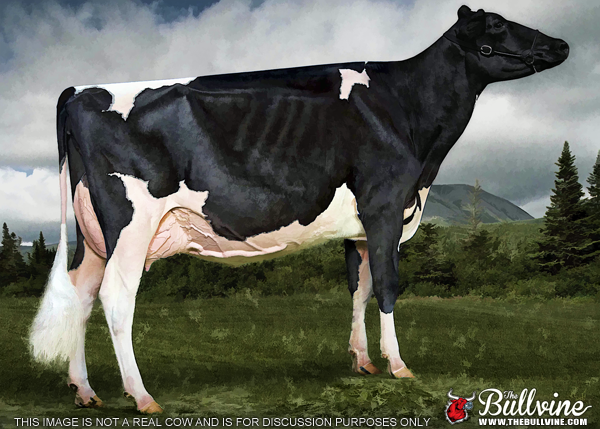
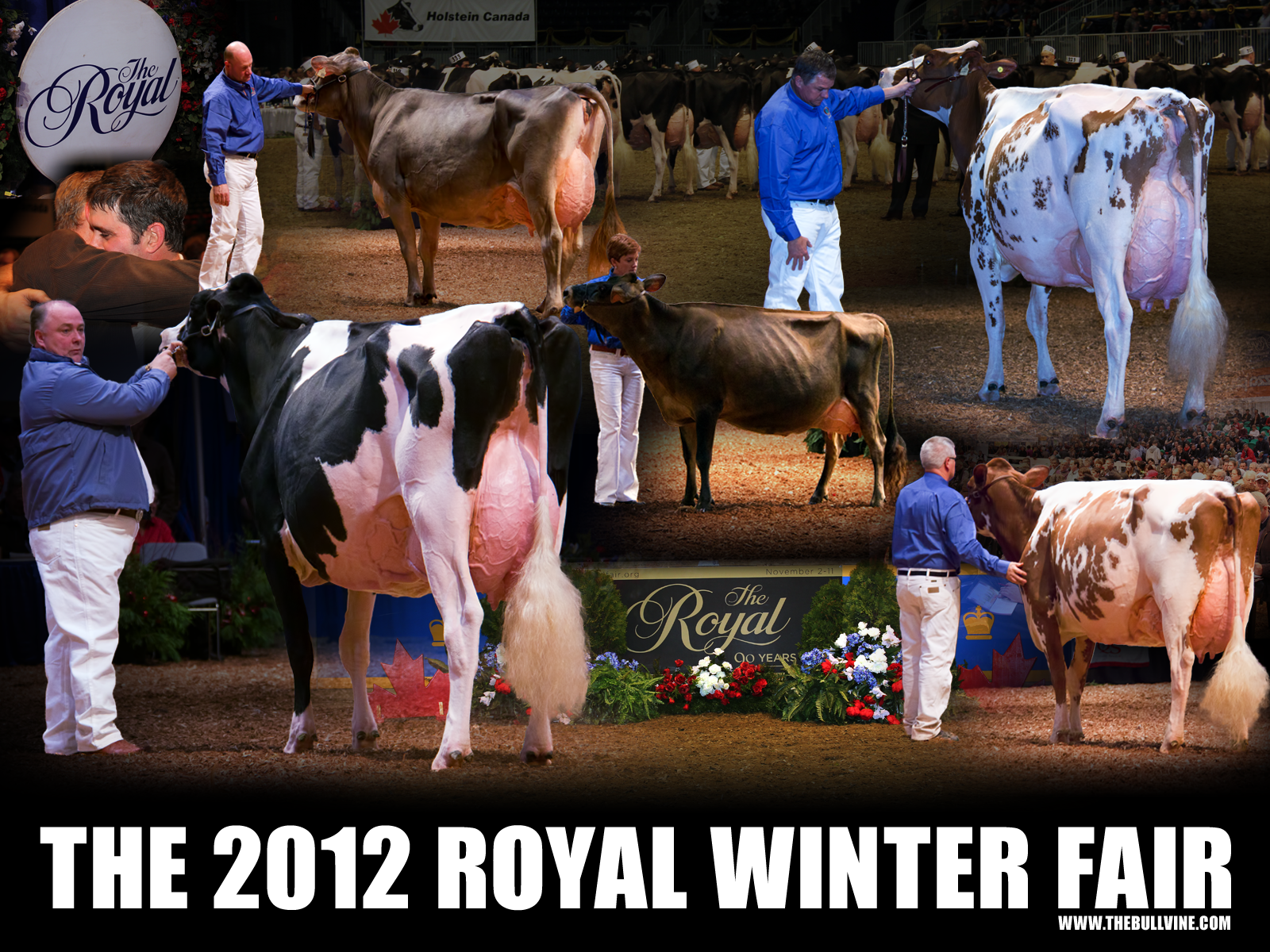




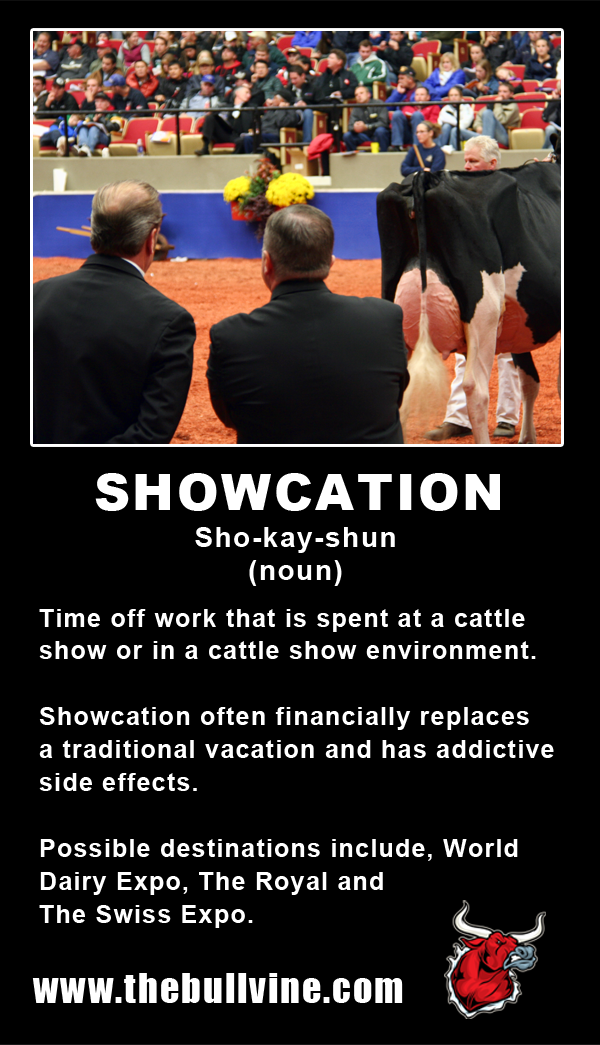

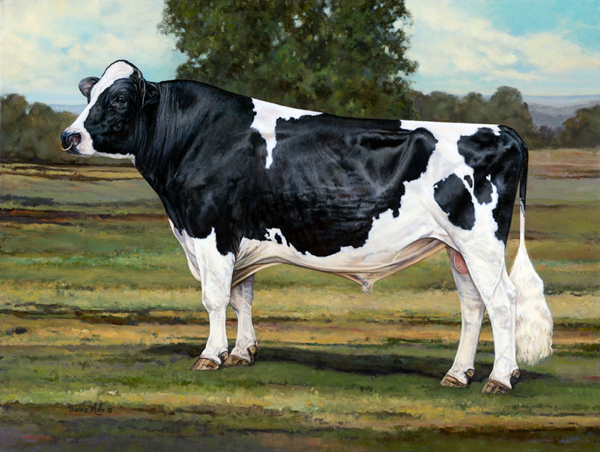
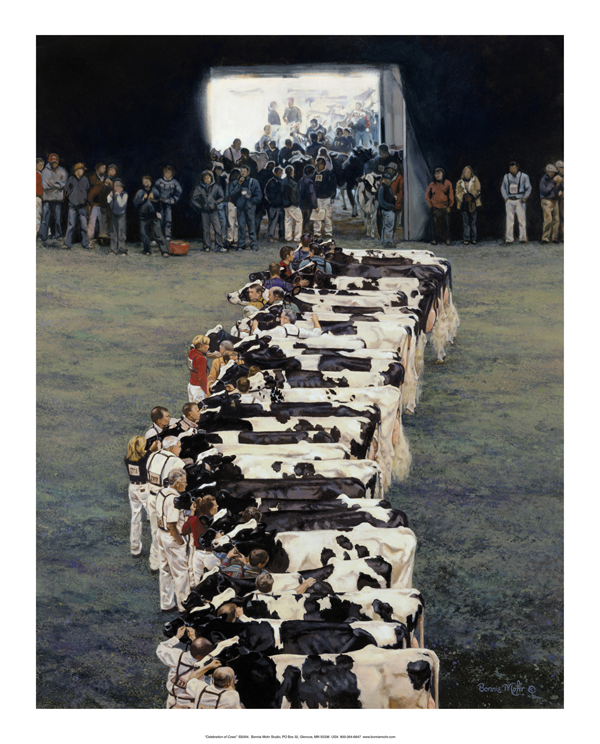

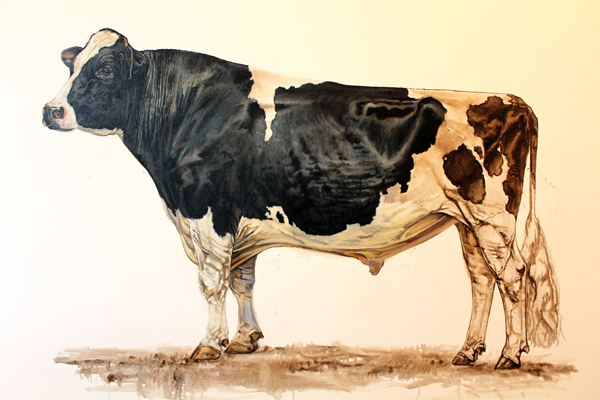
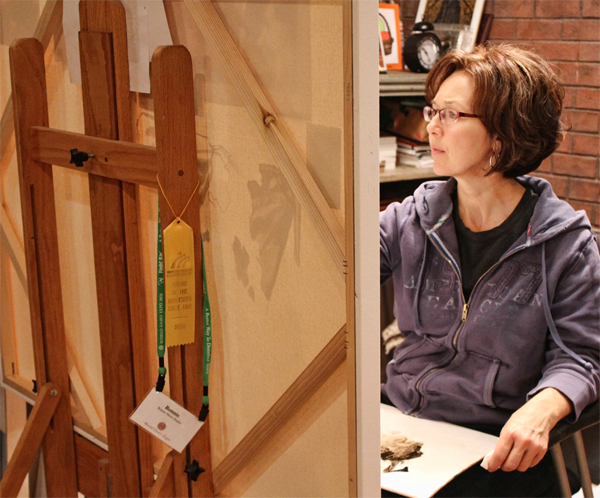

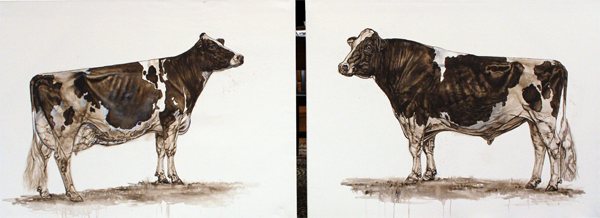
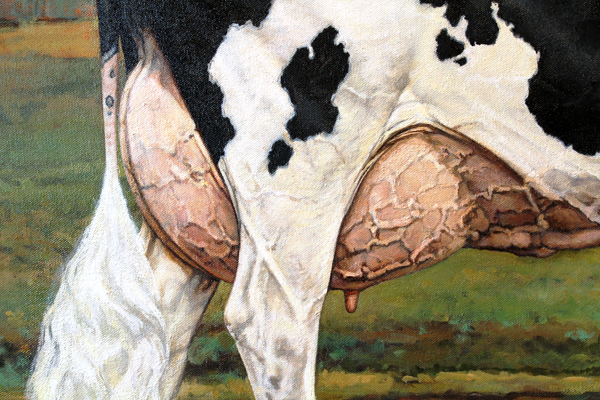


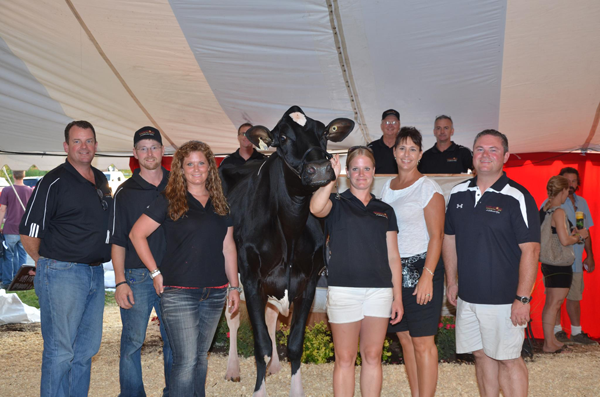

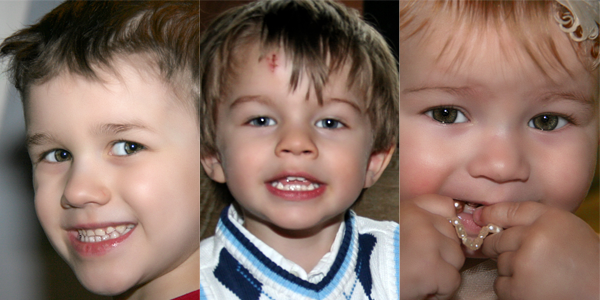




 Some people may think I am crazy. Others may think I am arrogant. They could all be right! It doesn`t matter. I am tired of sitting back, depending on gossip and watching as the all the news comes in the same old way.
Some people may think I am crazy. Others may think I am arrogant. They could all be right! It doesn`t matter. I am tired of sitting back, depending on gossip and watching as the all the news comes in the same old way.


